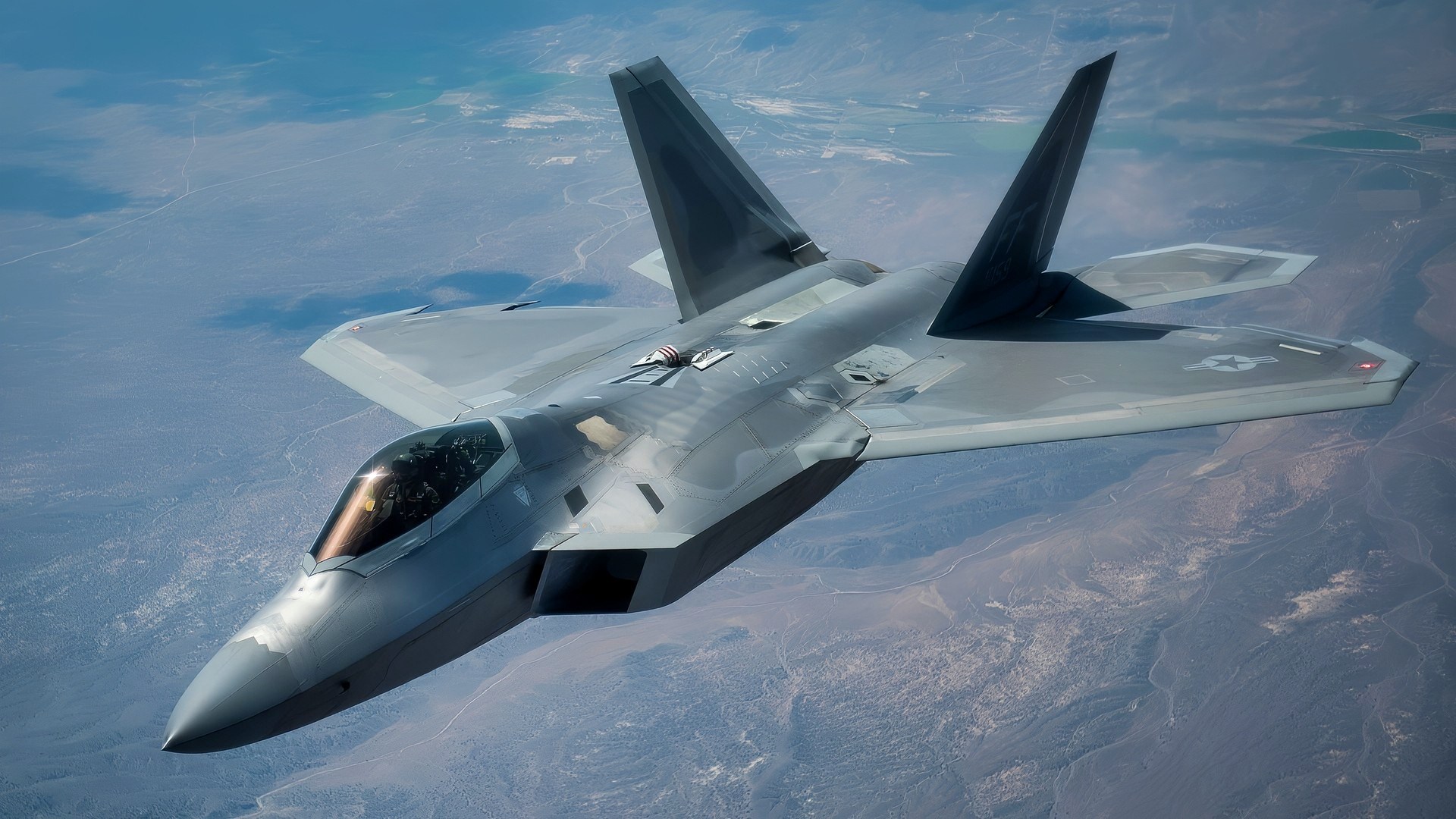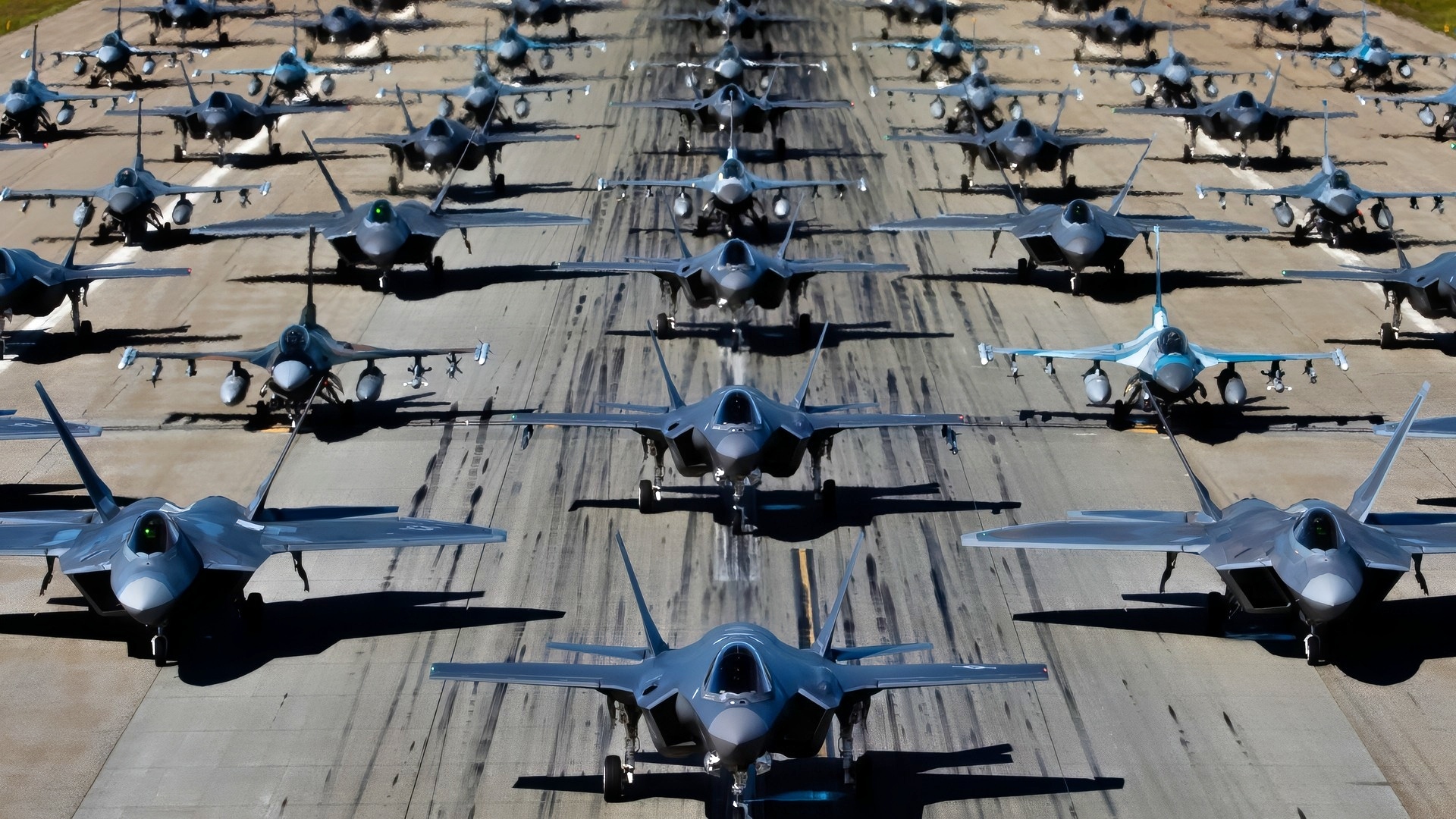Article Summary – When the F-22 Raptor entered service, Japan saw it as the ideal stealth air-superiority fighter to replace its aging F-15J fleet and counter rising Chinese power.
-Tokyo even floated license-production, but Washington blocked exports, and the F-22J, as it would have been called, never flew.

Maj. Paul Lopez, F-22 Raptor Demonstration Team commander, performs during the Chicago Air and Water Show, Aug. 17, 2019. Founded in 2007, the F-22 Demo Team showcases the unique capabilities of the world’s premier fifth-generation fighter aircraft. (U.S. Air Force photo by 2nd Lt. Samuel Eckholm)
-The 1998 Obey Amendment and fears of technology leakage, regional escalation, and massive restart costs kept the Raptor strictly “for America only.”
-Instead, Japan bought F-35s—highly capable, but not the dedicated air-dominance jet it wanted—and launched its own stealth fighter effort, now the GCAP with the UK and Italy. Japan’s failed F-22 quest reshaped its entire future combat-air strategy.
Why Japan Never Got the F-22J Raptor It Really Wanted
When the F-22 first entered service, it claimed its spot as the undisputed king of the skies. No other fighter could match it in terms of stealth and performance until the F-35 came along with its superior avionics.
Several nations around the world expressed interest in the aircraft, Japan first and foremost among them.
Looking to modernize its air force, the F-22 would have been the perfect match for the Japanese Air Self-Defense Force (JASDF). Unfortunately, the US decided not to export the aircraft to any of its allies due to security concerns, which left Japan without an advanced air superiority fighter.
Why Japan Wanted the F-22 (Or, What Would Have Been the F-22J)
When the F-22 first debuted, Japan’s fleet consisted of Mitsubishi F-15J fighters, based on the U.S. F-15 Eagle. These aircraft had served well for decades but were increasingly vulnerable against modern integrated air defense systems and stealth-capable adversaries.
The F-22 Raptor, developed by Lockheed Martin for the US Air Force, was a generational leap in capability. It was the world’s first operational fifth-generation fighter, combining stealth, supercruise, advanced avionics, and unmatched maneuverability.

Capt. Kristin “Beo” Wolfe, F-35A Lightning II Demonstration Team pilot and commander, banks hard left making vapor trails over and behind the wings during a practice demonstration at Hill Air Force Base, Utah, Mar. 23, 2021. The demonstration team is part of Air Combat Command and is assigned to the 388th Fighter Wing at Hill AFB. Capt. Wolfe grew up a military child as the daughter of retired Col. Jon Wolfe and has flown the T-6 Texan II, T-38 Talon, F-22 Raptor and now the F-35A Lightning II. (U.S. Air Force photo by Alex R. Lloyd)
Unlike multirole aircraft such as the F-35 Lightning II, the F-22 was designed primarily for air dominance. This made it particularly attractive to Japan, which sought a platform capable of countering advanced fighters and securing its airspace against threats like China.
Beyond pure capability, the F-22 carried immense deterrence value. Possessing such an aircraft would send a powerful signal to potential adversaries, reinforcing Japan’s defensive posture and its commitment to regional stability.
Japan reportedly expressed willingness to pay a premium for the F-22, even suggesting licensed domestic assembly to support its aerospace industry.
For Tokyo, acquiring the Raptor was not merely about upgrading hardware; it was about ensuring strategic parity in an increasingly contested region.
The U.S. Says No
For a time, the US strongly considered exporting the F-22 to a very limited set of close allies, such as Japan and South Korea. According to media reports from 2007, the US considered temporarily lifting its export ban. However, despite Japan’s strong interest and its status as a trusted U.S. ally, Washington had other plans.
It ultimately refused to export the F-22, not only to Japan but to any foreign nation. This decision was shaped by a combination of legal, strategic, and economic factors that made the Raptor uniquely sensitive.

An F-22 Raptor from Langely Air Force Base, V.a. flies by after receiving fuel from a KC-135 Stratotanker from McConnell Air Force Base, Kans., July 27, 2016 during exercise Red Flag, hosted by Nellis Air Force Base, Nev. Red Flag 16-3 is aimed at teaching service members how to integrate air, space and cyberspace elements. (U.S. Air Force photo/Tech. Sgt. David Salanitri)

USAF Maj. Samuel “RaZZ” Larson, F-22 Raptor Aerial Demonstration Team pilot and commander, performs at the 75th Annual Toronto Air Show. The F-22 Raptor Demo Team performed alongside the RCAF CF-18 Demo Team, RCAF Snowbirds, and RAF Red Arrows.
In 1998, the U.S. Congress passed the Obey Amendment, which explicitly prohibited the sale of the F-22 to foreign governments.
This legislation reflected deep concerns about safeguarding sensitive technologies embedded in the aircraft. The F-22 incorporated cutting-edge stealth materials, radar-absorbing coatings, and advanced avionics systems, all considered critical to maintaining US air superiority.
Lawmakers feared that exporting the aircraft, even to close allies, could risk technology leakage through espionage or reverse engineering, ultimately eroding America’s strategic advantage.
The F-22: For America Only
Throughout the Cold War, the Americans received several Soviet aircraft from their client states. While it was convenient for the US, there was the possibility that similar espionage tricks could be used against America. The F-22 was far and away the most advanced aircraft in its fleet.
Sharing it, even with allies, introduced risks that Washington was unwilling to accept. There were also concerns about regional balance. Providing Japan with F-22s might provoke China or Russia, potentially escalating tensions in East Asia and complicating US diplomatic efforts to manage great-power competition.
By the time Japan’s interest peaked, the F-22 production line was winding down. Restarting it for exports would have been prohibitively expensive, requiring billions of dollars in investment to retool facilities and reestablish supply chains.

The 354th Fighter Wing conducts a 75-fighter jet formation at Eielson Air Force Base, Alaska, Aug. 12, 2022, in honor of the U.S. Air Force’s 75th Anniversary. This capabilities demonstration included F-35A Lightning II, F-16 Fighting Falcon and F-22 Raptor aircraft from across Pacific Air Forces. (U.S. Air Force photo by Senior Airman Gary Hilton)
The aircraft itself was extraordinarily costly, with a flyaway price of around $150 million per unit and much higher when development and sustainment costs are factored in. For a program already under scrutiny for its expense, the prospect of reopening production for foreign sales was politically and financially unattractive.
Japan Settles for the F-35
To address allied needs without compromising sensitive technology, the U.S. promoted the F-35 Lightning II program.
Unlike the F-22, the F-35 was designed from the outset for international partners, incorporating export-friendly technology while still offering stealth, advanced sensors, and multirole capability.
While the F-35 did not match the F-22 in pure air superiority performance, it provided a viable alternative that aligned with U.S. security and industrial objectives. Japan eventually joined the F-35 program and placed an order for 143 F-35 fighters of various types.
While the F-35 is a great fighter and a valuable asset in the Japanese Air Force, it is not what Japan originally wanted. The reason Japan was dead set on the F-22 in the first place was to obtain a dedicated air superiority fighter with stealth capabilities.
In search of such a fighter, Japan launched its own domestic effort to develop an anti-aircraft stealth fighter. The project was undertaken by Mitsubishi, which designated it the F-2 program, which later became the F-X. The project eventually grew to include the UK and Italy, officially launching the Global Combat Air Programme (GCAP), which is still in its early stages of development.
About the Author: Isaac Seitz
Isaac Seitz, a Defense Columnist, graduated from Patrick Henry College’s Strategic Intelligence and National Security program. He has also studied Russian at Middlebury Language Schools and has worked as an intelligence Analyst in the private sector.
More Military
The U.S. Military Is In ‘Crisis’
Canada’s F-35 Stealth Fighter Mistake Is Just Around the Corner
The Mach 2.23 F-4G Wild Weasel Has a Message for the U.S. Air Force










